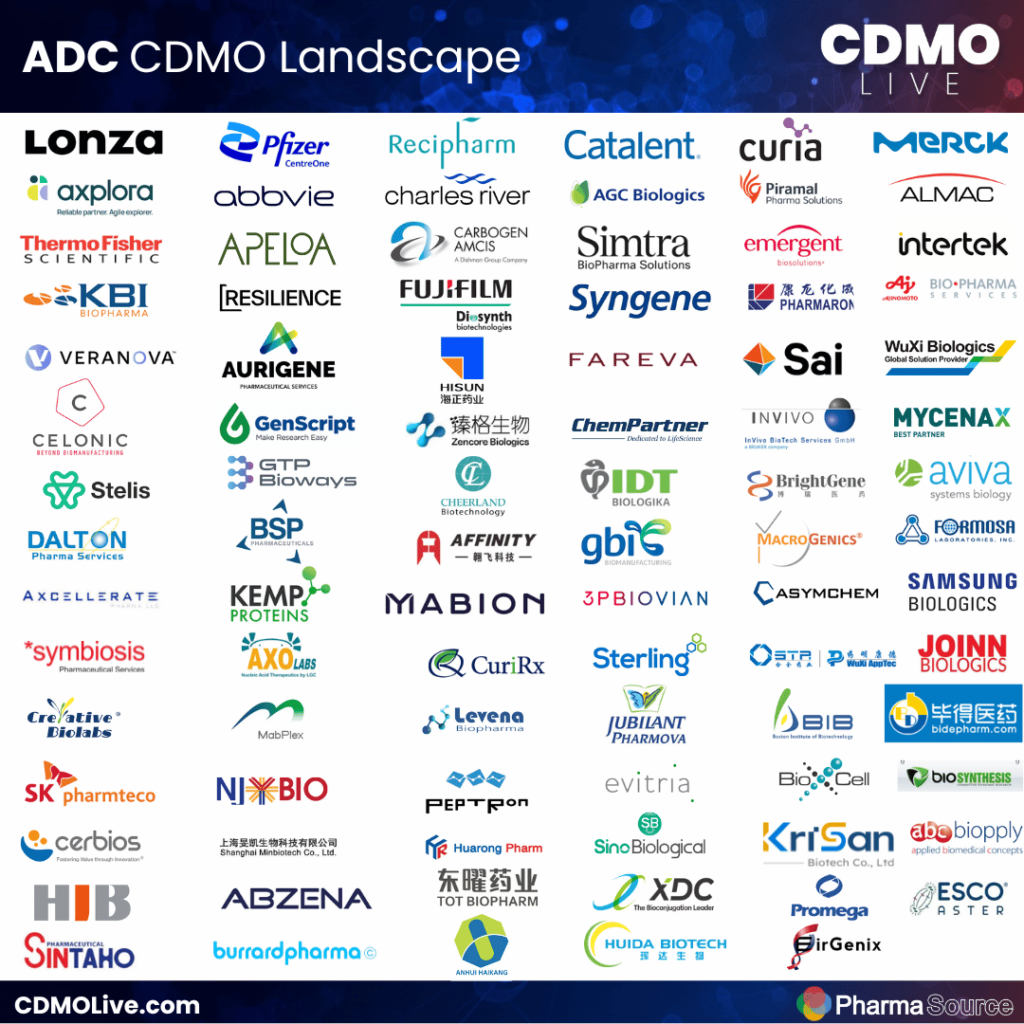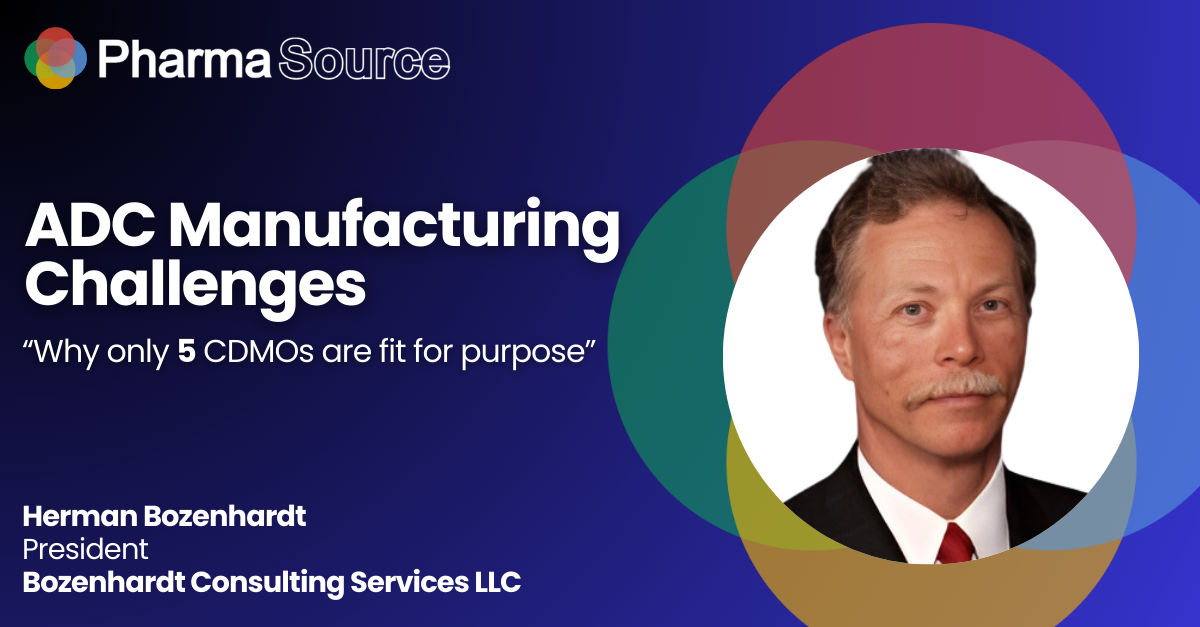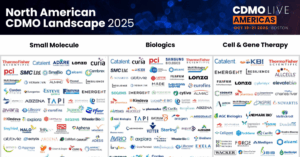“The reality is, we have a lot of CDMOs that don’t really know what they’re getting into” says Herman Bozenhardt
Herman Bozenhardt, a pharmaceutical manufacturing consultant with decades of experience in facility design and operations, brings a wealth of knowledge from his work with numerous pharmaceutical companies and contract manufacturers. His expertise spans from traditional small molecule drugs to complex biologics and potent compounds.
In the latest PharmaSource podcast episode, Herman shares his candid thoughts on the challenges facing the pharmaceutical manufacturing industry, particularly in the rapidly growing field of Antibody-Drug Conjugates (ADCs). He explains why many Contract Development and Manufacturing Organizations (CDMOs) may not be adequately prepared to handle these complex and potent compounds.
The ADC Manufacturing Challenge
Herman expresses serious concerns about the readiness of many CDMOs to handle ADC manufacturing. He estimates that out of more than 50 CDMOs claiming to offer ADC services, only about five are truly fit for purpose.
“The real issue is handling the potent compound,” Herman explains. “The process is no problem. It’s not that difficult of a process. We can always conquer that. But bringing in a highly potent compound… now how are we going to be bringing it into the facility? How are we going to be handling it?”
He highlights several critical considerations, including:
- Proper material handling and storage
- Contamination prevention
- Effective cleaning and neutralization procedures
- Facility design and air handling systems
See our full list of ADC contract manufacturers here

The Importance of Proper Facility Design
Herman emphasizes the need for purpose-built facilities when dealing with highly potent compounds like those used in ADCs.
“If I was handling a highly potent compound like this, I wouldn’t buy a fixed stainless steel isolator. I would buy a disposable isolator. I use it once, I do my manipulations, I’m all done, and then I carefully collapse it, put in a plastic bag, and send it on out, send it to an incinerator,” he advises.
He also stresses the importance of considering every aspect of the manufacturing process, from material receipt to waste disposal:
“The whole issue has to be with commitments and what’s in the contract. A lot of organizations, especially the ADC developers, are not organizations with huge deep pockets, and they need to buddy up with or work with somebody who has deep pockets, who looks at this and says, ‘Well, if I do an ADC for them, I may be able to attract some other business with ADC, so I will build a new facility.'”
Lessons from Past Mistakes
Drawing from his extensive experience, Herman shares some eye-opening anecdotes about the state of pharmaceutical manufacturing facilities he has encountered over the years.
“I’ve seen pigeons inside a pharmaceutical plant,” he recounts. “I’ve seen cats jumping from pallet to pallet in a GMP finished goods warehouse, supposedly as part of their pest control practices.”
These examples underscore his point about the critical importance of proper facility design, maintenance, and adherence to Good Manufacturing Practices (GMP).
Herman concludes by emphasizing the need for a comprehensive risk assessment when selecting a CDMO partner for ADC manufacturing:
“Understand your risks, understand what you’re working with, audit against that and make sure that’s in the contract.”














